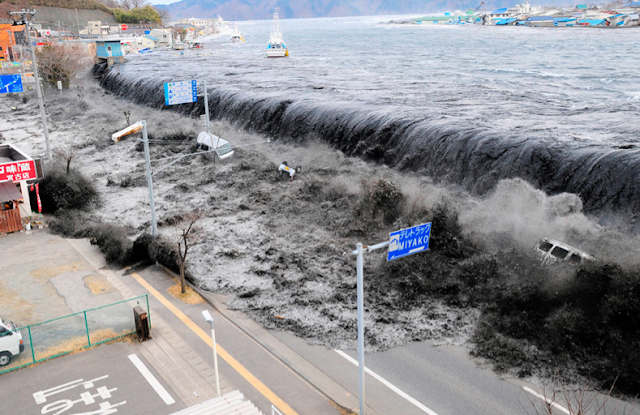 |
| Salgado recorded the scene outside the Washington Hilton after Hinkely's shots were fired |
Standing on the sidewalk when it all happened was a 37-year-old Brazilian photographer named Sebastiao Salgado. A former economist, Salgado had spent the past decade documenting famine and civil war in Africa; in 1979 he joined the Magnum Photo agency; he happened to be in Washington D.C. in March of 1981 and was on hand to cover the president's speech at the Washington Hilton. He was the only professional photographer to record what happened when Hinckley fired, and his images appeared on newspaper front pages and magazine covers around the world.
It was a desperate, frightening time for Americans that day--take it from someone who spent the day watching network news anchormen (no women, no CNN) trying to piece together conflicting reports on the president's health. The situation wasn't helped when Secretary of State Alexander Haig--a former Army general and Nixon White House chief of staff--went into the White House press room to assure the country that everything was all right. In fact, he did the opposite.
The Vice-President of the United States, George H.W, Bush, happened to be travelling that day, and, quite naturally, the press wanted to know who was calling the shots while president was being operated on. Haig replied, "Don't worry. As of now I am in control here in the White House." Today it is generally understood that Haig was not in fact rejiggering the constitutional line of authority--when the president is incapacitated, the vice-president assumes control, whether he's in the White House or not--but on March 30, 1981 the statement made it sound as if Haig was unaware of such legal niceties. At best. At worst, he was simply setting the constitution aside.
It was a moment that would haunt him for the rest of his days. When he died in 2010, the New York Times ran an obituary by Tim Weiner with three brilliant opening paragraphs:
Alexander Haig, the four-star general who served as a confrontational secretary of state of President Ronald Reaga and a commanding White House chief of staff as the Nixon administration crumbled, died Saturday at the Johns Hopkins Hospital in Baltimore, according to a hospital spokesman.He was 85.
Mr. Haig was a rare American breed: a political general. His bids for the presidency quickly came undone. But his amibtion to be president was thinly veiled, and that was his undoing. He knew, Reagan's aide Lyn Nofziger once said, that "the third paragraph of his obit" would detail his conduct in the hours after President Reagan was shot on March 30, 1981.
That day, Secretary of State Haig wrongly declared himself the acting president. "The helm is right here," he told members of the Reagan cabinet in the White House Situation Room, "and that means right in this chair for now, constitutionally, until the vice president gets here." His words were taped by Richard V. Allen, then the National Security Advisor.
 |
| Haig "in control" in the White House press room |



















































